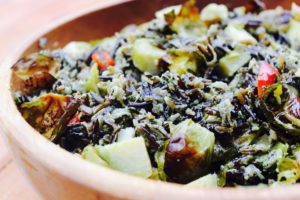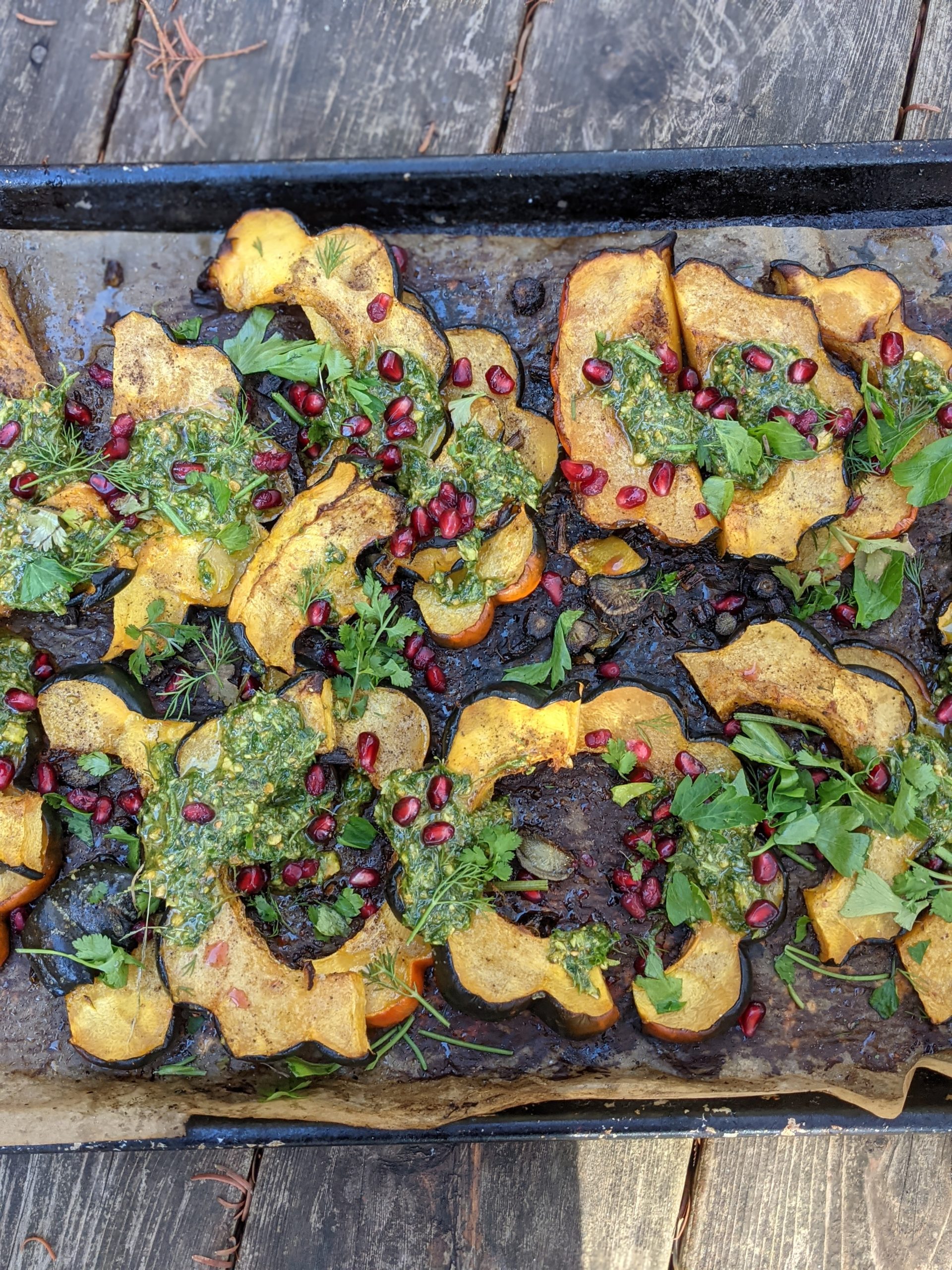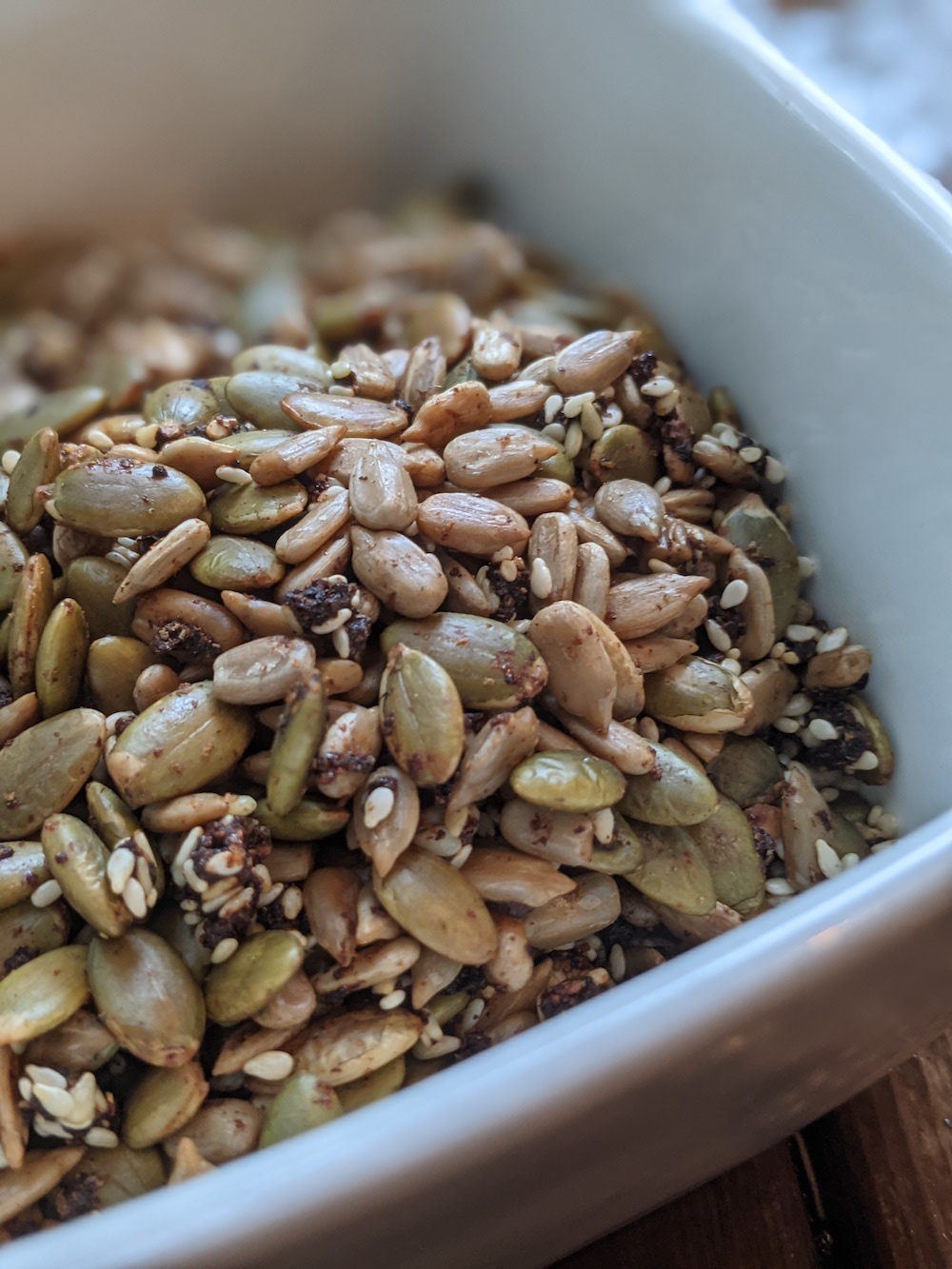Studies have shown that fruits and vegetables tend to lose both vitamins and minerals as they age. Don’t get me wrong, we should still be consuming a large variety of plants in our diet (the more local the better!). But when we add wild foods into our regular routine, we are adding another level of minerals and nutrients that we’re probably missing in our “non-wild” diet.
Eating wild does not need to be hard or scary. In fact, it’s probably much easier than you might realize. And when you harvest it yourself, it’s not only extremely fresh, it’s FREE!
There are so many wild foods available but my absolute favorite right now is Stinging Nettle. I’ve had a love for this plant since 2011 when I spent time on Susan Weed’s farm in Woodstock, NY apprenticing and learning about herbal medicine.
Since then, I’ve been incorporating nettles into my life on a very regular basis. Now I grow it and have access to fresh nettles from Spring to Fall every year. So I’m finding new fun ways to experience the power of this plant.
My personal experience with nettles has shown me that she provides energy and a deep nourishment. I simply just feel better, more clear and more energetic when I eat nettles or drink nettle tea. Because she grows wild, her roots go deeper into the soil, which means a more robust mineral profile.
Nettles are extremely rich in minerals like calcium, magnesium and even protein. In fact, she’s one of the most nutrient-dense plants on the planet!
You might have heard about nettles. They’re often called “Stinging Nettle” as noted above, and considered an unwanted weed! They can be found fresh growing in wooded areas. You can also purchase seeds and grow it yourself if you have the yard space (beware, it will take over). They get their name because they do in fact have stinging hairs along the stem and under the leaves.
Those stings bring with them a medicinal quality that acts as an antihistamine as well as an anti-inflammatory. The fresh leaves can be eaten as a green in soups, pesto and you can even eat them raw in smoothies. You can use dried nettle to make a highly nutritious tea. Maybe we can talk about infusions in a future blog post ☺
I’m also using black wild rice in the recipe I’m sharing with you today. This black rice is the most nutrient-dense of all the rice available. It’s extremely high in antioxidants, protects the heart and it’s naturally gluten-free. It’s also very nourishing to the adrenals, helping the body fight fatigue. This one is not quite as easy to harvest yourself in the wild, so look for it in your local health food store.
It really just comes down to this: Wild foods mean more minerals, more nutrients and a higher level of well-being. Nettles are just one of many wild foods you can infuse into your diet. This is just a dip of the toe into an ocean of options out there. Have fun and get some wild onto your plate this season! Now onto the recipes.
For video of me making these dishes and talking about the benefits of eating WILD with the folks at Indy Style, check out THIS LINK.

Wild Nettle Rosemary Pesto
Yields approximately 1 ½ cups of pesto
- 3 cups fresh nettle leaves
- 5 garlic cloves, diced
- 1 cup walnuts
- ¼ cup + 2 tablespoons olive oil
- 1 teaspoon sea salt
- 1 tablespoon lemon juice
- 1 tablespoon fresh rosemary, chopped
- 2 tablespoons nutritional yeast
- To make your pesto, add your walnuts, sea salt, nutritional yeast and garlic and process until coarsely ground.
- Now add your nettle and rosemary and process again for a few seconds.
- As the processor is going, stream in your lemon juice and olive oil and watch as it becomes a beautiful emerald pesto before your eyes.
- Store in your refrigerator for up to a week in an air-tight container. You can also freeze this pesto ☺
Wild Rice & Veggies with Nettle Pesto
Serves 6
My family absolutely adores this dish. It’s comforting, fresh and vibrant all at the same time. And it makes me feel so good knowing we are eating wild food that brings in a level of nourishment that supports our well-being on a higher level.
Pesto
You will use the nettle recipe above. You can actually make the pesto as the rice is cooking ☺

Rice and Veggies
- 6 cups cooked black wild rice
- 1 cup diced red pepper
- 4 cups fresh ramps (wild garlic) – chopped (or use green onion)
- 2 cups quartered brussel sprouts
- 3 tablespoons olive oil
- Sea salt to taste
- To cook your wild rice, you want to first soak over-night if you can. Drain the water and then cook. To cook, add 1.5 cups water per cup of rice in your pot and allow it to come to a boil. Then reduce heat to medium low and allow to cook with the lid on. I like to add sea salt and fresh turmeric root to my rice as it cooks.
- When rice is cooking, sauté your ramps (or green onion) and Brussel sprouts in your olive oil and sea salt until tender. Don’t overcook – you want them to be nice and bright green.
- When rice is finished cooking, add your red pepper, ramps and broccoli and allow to sit. The red pepper will warm and soften with the heat.
- After a minute or so, add about ¼ cup of your pesto and stir until everything is coated.
- Serve with a sprinkle of hemp seeds and allow your cells to soak in the goodness.
Gaia Blessings,
Audrey
Follow me on Instagram as I share photos, musings and recipes on how plants, natural wellness, mothering and more.
Sign up HERE to get your free plant-based recipe e-book of some of my favorite dishes and tips on how to create true health freedom.
Check out my Medicine Woman membership to learn how to make your own herbal remedies at home and so much more.



+ show Comments
- Hide Comments
add a comment